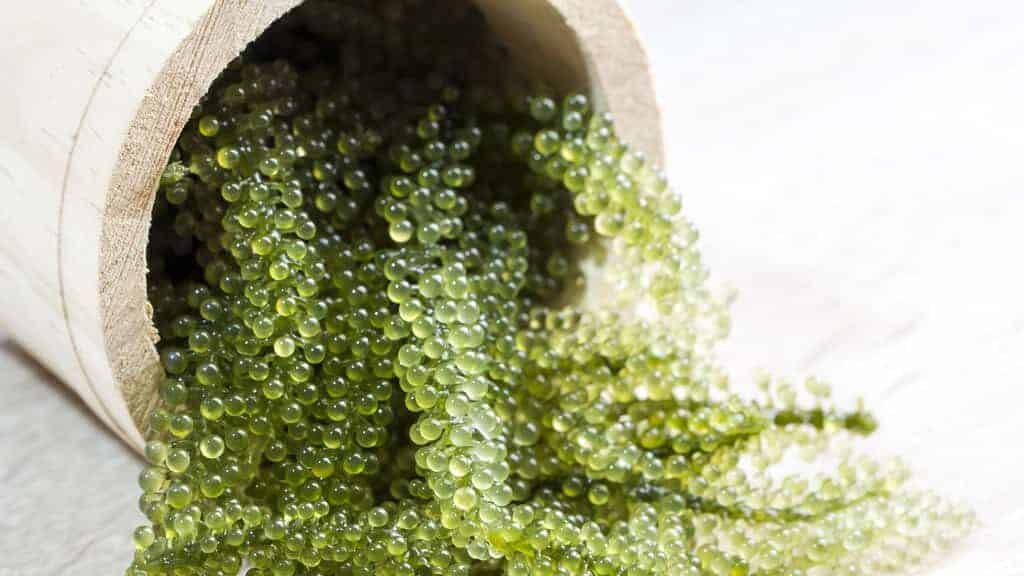Typically, it isn’t difficult to think of fruits that begin with a popular letter. A?
That’s easy – apple, apricot, avocado, the list goes on. Most letters of the alphabet have at least one fruit that comes to mind when prompted.
But what about fruits that start with the letter U? Not so easy anymore, is it? After all, when is the last time you ate an urava fruit?
But not to worry – in this article, we will list several fruits that begin with the letter U for the insatiably curious.
Read on to learn more about our list of fruits that begin with U.
Fruits That Start With U
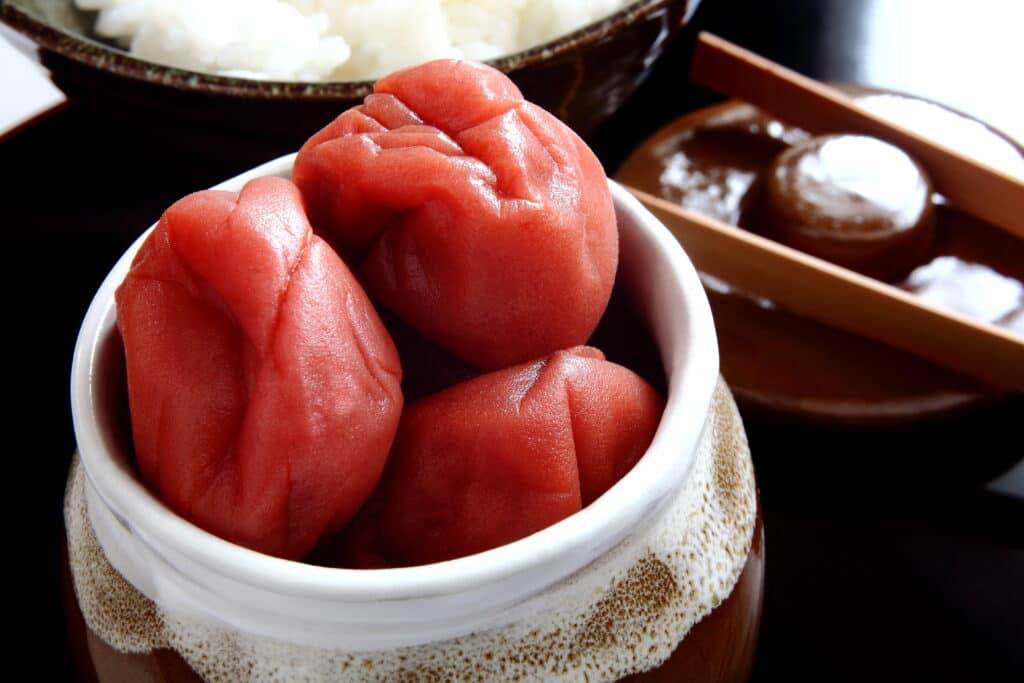
1. Umeboshi Fruit
Those familiar with Japanese cuisine will no doubt recognize this known bento box staple.
Umeboshi fruit – known also by its much shorter version, ume – is best known by its nickname, the Japanese plum.
Similar in appearance, flavor, and texture to an apricot, umeboshi is tart and versatile.
In Japan, it’s popular to pickle umeboshi fruit and use vinegar as a salad dressing or a substitute for soy sauce.
When eating umeboshi raw, be sure to remove the pit, which is poisonous.
2. Udupi Mattu Gulla Eggplant
Don’t worry if you can’t say this plant’s mouthful of a name. It’s most commonly known simply as Gulla and is an exceptionally rare eggplant variety grown only in a Mattu village in India.
In fact, there is a GI tag attached to Gulla eggplants to protect their unique identity from the many imitations available in other areas.
The word Gulla simply means “round” in the Tulu language, which is the native language spoken in the Mattu village in which the eggplant originates. The eggplant has thin, light green skin with faint stripes, few thorns on the vine, and few seeds.
This eggplant has a spiritual history to it, making it a unique entry on our list.
The Gulla eggplant is used often in curry dishes, most notably Gulla Bolu Huli.
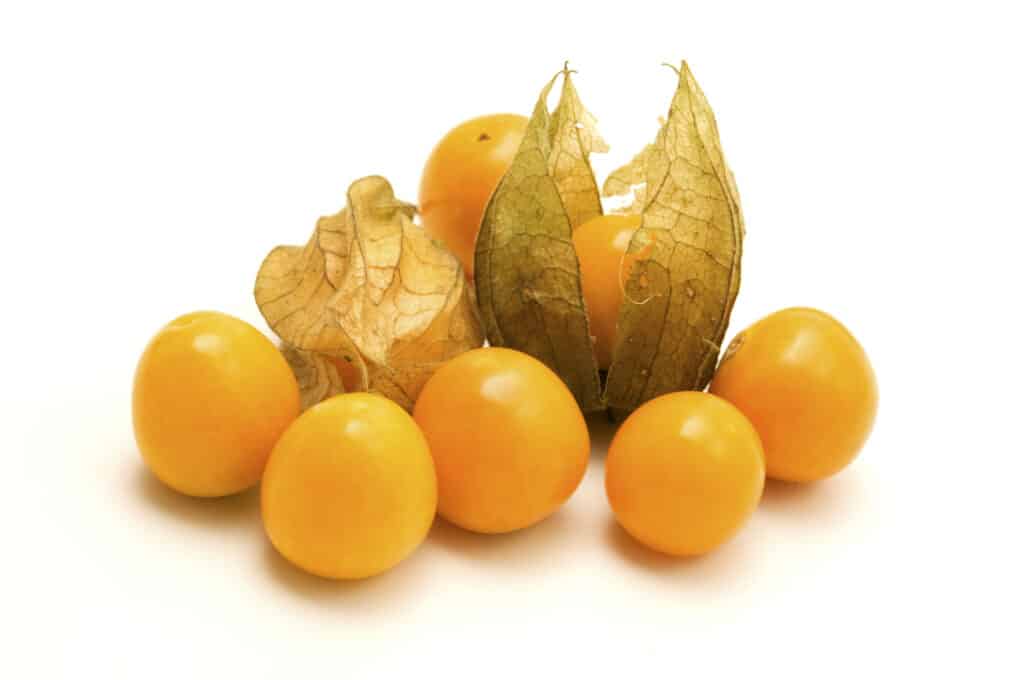
3. Uvilla
Known in America as goldenberry, this smooth, glossy berry is pale orange and grows within a papery sheath.
It is closely related to the tomatillo, which is almost identical in appearance save for the tomatillo being pale green and larger.
Uvilla has a rich, tart flavor and can be eaten raw, made into jam, or as an ingredient in desserts. It grows in the mountains of Peru and is a popular Peruvian export.
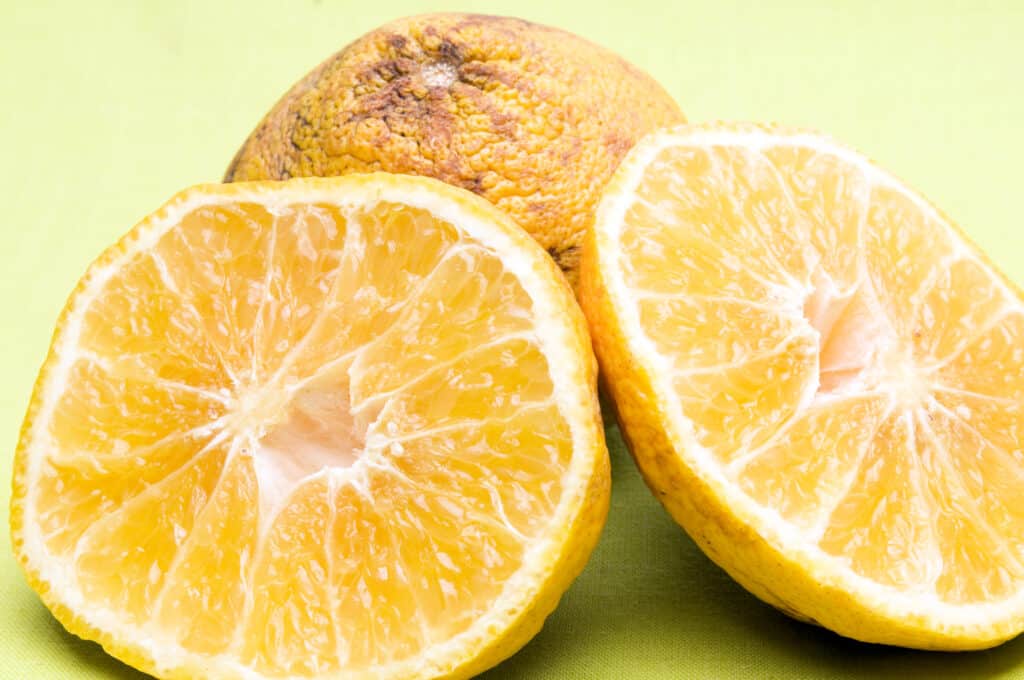
4. Ugli Fruit
While the name of this unfortunately named fruit seems an awful lot like “ugly,” once you see the fruit, you’ll see that this association couldn’t be further from the truth.
Ugli fruit is a naturally occurring cross between grapefruits and tangerines native to Jamaica. But unlike grapefruit – which has a bitter sourness that many can only handle in small doses – ugli fruit has a sweet flavor, making it a popular snack throughout the West Indies. It is also popularly known as Jamaican tangelo.
Its yellowish-green rind is thicker than most citrus fruits, but it can still be peeled with the hands, albeit with slightly more effort than an orange or tangerine.
There are many proven health benefits from eating ugli fruit, given that it contains more vitamin C than both grapefruits and lemons.
5. Umbu Fruit
Also called Imbu fruit or by its scientific name spondias tuberosa, this delectable fruit with its thick green skin is similar in taste and texture to a gooseberry. Umbu fruit is native to northern Brazil and is a popular ingredient in jams, jellies, desserts, or simply eaten raw.
Under the thick green skin of the umbu fruit is a pale, creamy fruit with a mellow taste. But be careful when eating raw – each umbu fruit has a large pit at the center.
6. Umbrella Squash
Named for its unusual “flying saucer” shape, the umbrella squash is a variety of summer squash with a thick hide that ranges in color from green to white to yellow and can be solidly colored, bicolored, or even striped.
The umbrella squash has a myriad of names, including but not limited to pattypan squash, UFO squash, scallop squash, granny squash, custard squash, and button squash.
Compared to other squash varieties, umbrella squash is quite small, measuring only 5 – 6 inches across at its widest point.
Like other summer squash, umbrella squash can be peeled, sliced, and fried, added to salads, or cut into wedges and dipped in sauce.
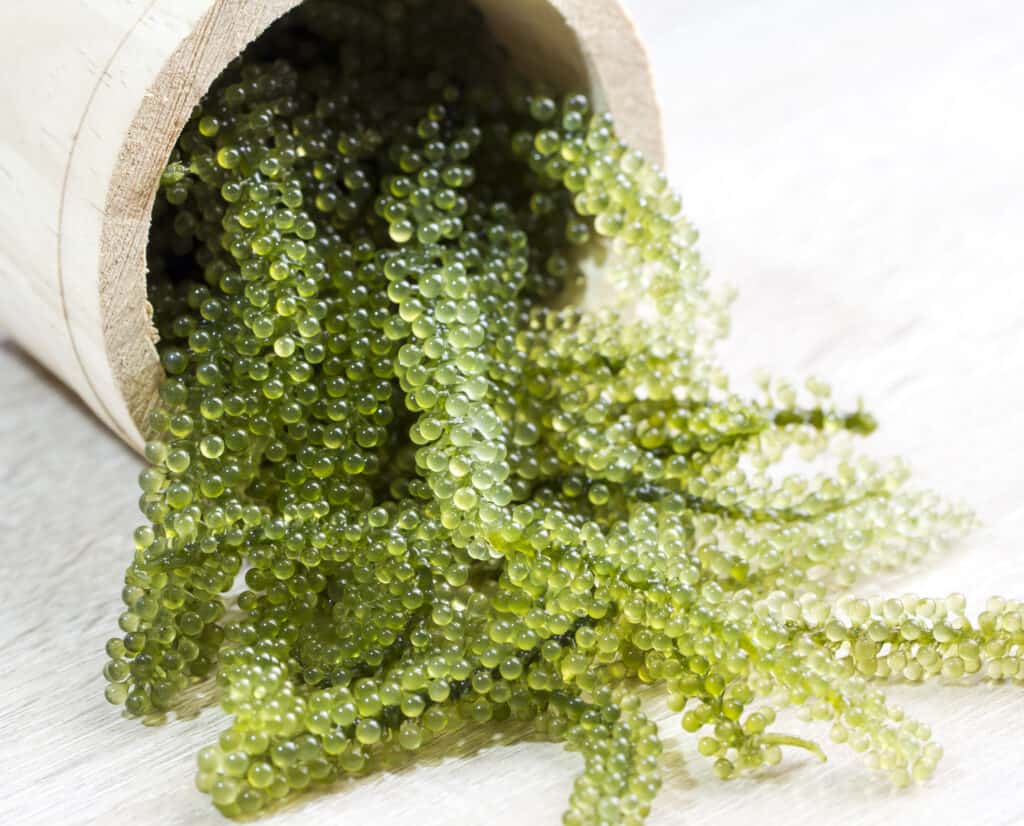
7. Umibudo
Also known as grape seaweed or sea grapes, this unusual Japanese plant is a type of seaweed. Pale green or jade green in color, umibudo is true to its name by appearing similar to clusters of tiny grapes. To some, it may look like clumps of green fish eggs.
But don’t let its fishy association fool you – the flavor is surprisingly crisp and salty, with a refreshing crunchiness. Most people enjoy this snack raw, but it can also be added to salads, sauces, and even dipped in soy sauce for extra flavor.
Umibudo is considered a delicacy in Japan and throughout southeast Asia.
8. Usuma Fruit
The unusual usumu fruit is commonly known by its nickname, peanut butter fruit. However, don’t bite into this funky fruit thinking it’ll taste like peanut butter – the flavor is reportedly sweet and tangy, often described as berry-like.
Usumu fruit is widely grown throughout South America and Hawaii. It has bumpy, bright red skin that grows in clusters with hard seeds at the center.
While described as growing in clusters similar to grapes, the fruit itself is more pointed rather than round. To eat, make sure to peel off the skin and remove the seeds.
9. Urava Fruit
This fruit’s scientific name sonneratia alba is due to its white flowers, with “alba” being a Latin word for “white.” The Urava fruit is a variety of mangrove tree with edible fruit, lending to its common nickname, mangrove apple.
Urava fruit grows along beaches in India, South Africa, east Africa, and northern Australia. Its shape is quite unusual, with the flattened fruit growing close to a hard, five-pointed blossom that extends beyond the perimeter of the fruit itself. When sliced, the urava fruit has purple flesh, not unlike a fig.
Because urava wood is particularly tolerant to pests, salt, and other forms of decay, it is often used to build boats and ships. Interestingly enough, urava wood is corrosive to metal, which can affect certain designs when used in shipbuilding.
10. Ugni Berry
Also known as Chilean guava or strawberry myrtle, this plant with its tiny red berries is native to South America and prized for its sweet, delicious taste. You may also know it by its scientific name, ugni molinae.
The berries themselves are about the same color and size as cranberries with a distinct strawberry-like flavor. It is also quite fragrant, with a sweet smell that makes it a popular addition to gardens and along walkways.
In fact, it is reported that ugni berry was a favorite of Queen Victoria in the 1800s.
11. Umbra Fruit
The Umbra fruit, more commonly called Amberella, has a thick green skin, crunchy texture, and sour flavor. It has a plethora of health benefits, including but not limited to boosting immune support, promoting healthy digestion, and helping aid in improving heart function.
Umbra fruit grows throughout the warmer regions of Asia, Africa, and the West Indies. It can be eaten raw, sprinkled with salt or spices, or made into juice.
12. Ukrainian Heart Tomato
As its name suggests, this unusual heirloom tomato from Eastern Europe produces plump, heart-shaped fruit. The color can range from pink to bright red. The flavor is subtle with a balance of sweet and sour.
It can be used in any recipe that calls for tomatoes but is especially popular in soups and stews due to its thick, meaty flesh. Ukrainian heart tomatoes are usually medium, fist-sized tomato or smaller, but can sometimes grow much larger.
This tomato is great for canning, slicing, drying, or eating raw either in salads or as a healthy snack.
13. Uva Tosca Grape
An Italian grape used to make red wine, Uva Tosca grapes are highly prized among vineyards. It is grown in the Emilia-Romagna regions of Moderna, Ravenna, and Reggio nell ‘Emilia.
This prized fruit dates back to the 1640s when the first records mentioning wine made from Uva Tosca grapes were written. With a flavor described as spicy and elegant, we can see why this delicious grape is so greatly prized among the wine community.
14. Ububese Fruit
This African fruit grows throughout Angola, Botswana, Mozambique, Namibia, and Zimbabwe. It goes by many names, including dwarf custard apple.
Ububese fruit has a thick, yellow rind with a scaled texture and appearance. The flesh is yellow or reddish with a sweet taste. It is usually eaten raw, preserved, or even cooked.
Ububese fruit is segmented, with the scales on the skin corresponding to the segments of fruit inside. To the native Bantu people of many African nations, the word “ubu” means “fruit.”

